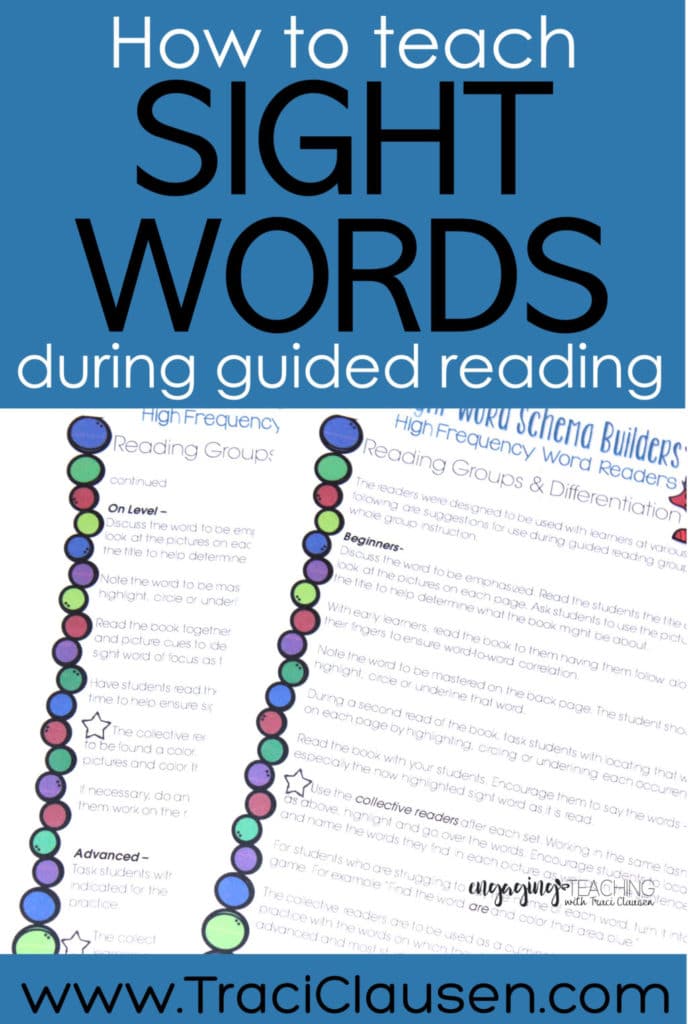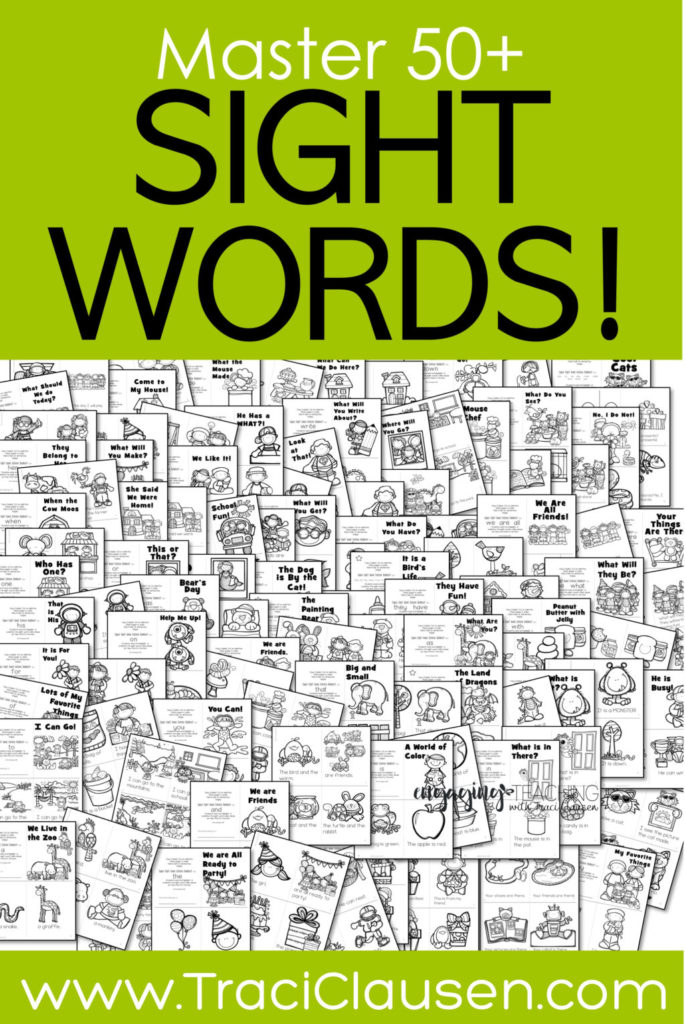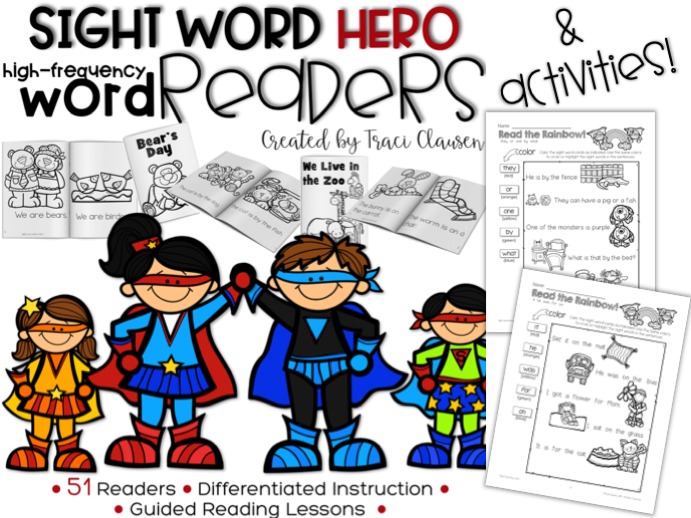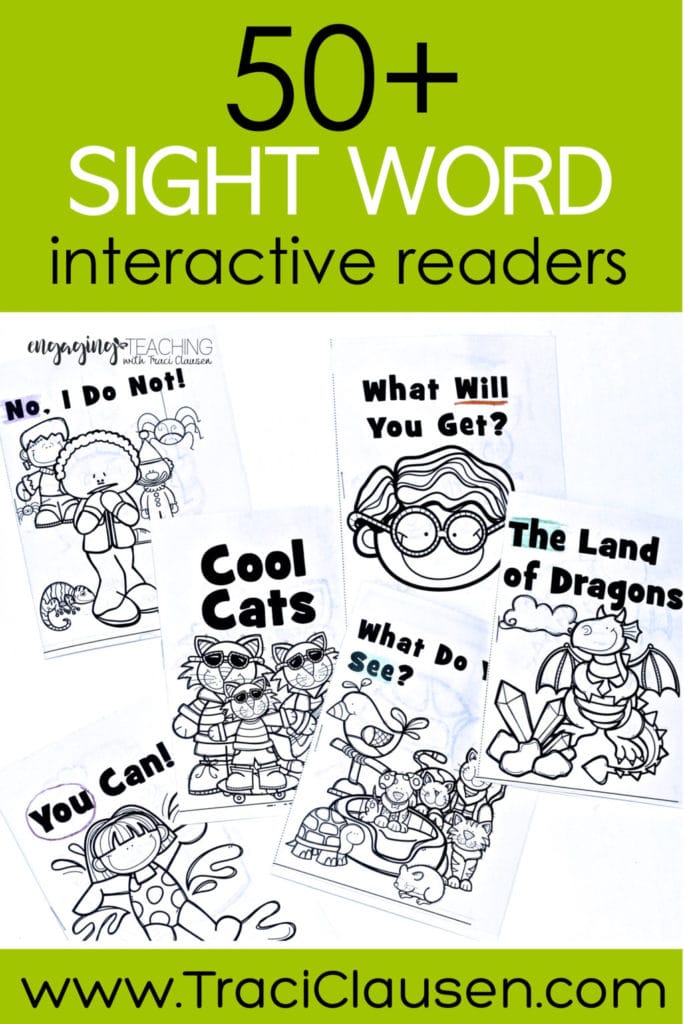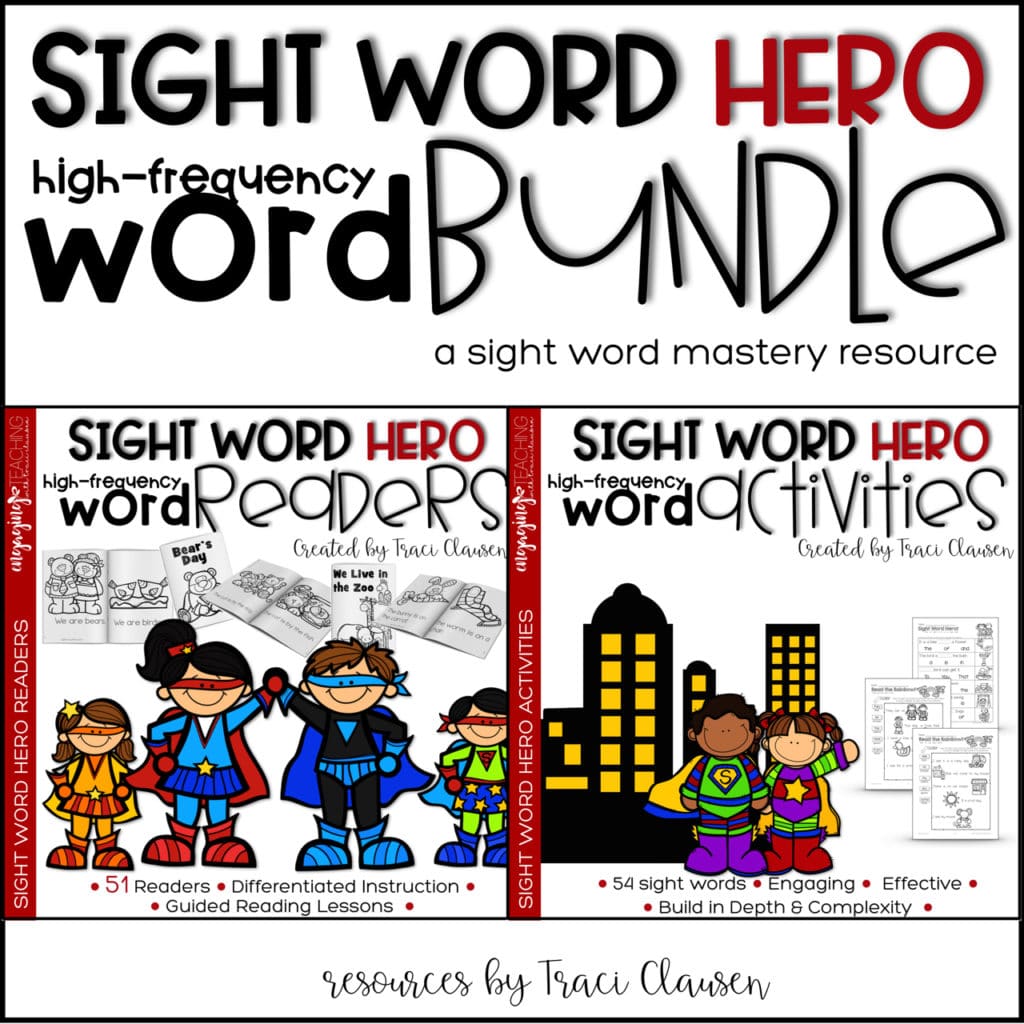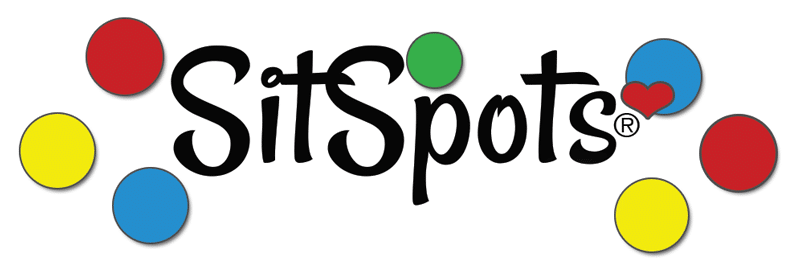Are your kids sight word heroes? Practicing those high-frequency words can be daunting, but necessary. I incorporate practice throughout the day in a variety of ways. Even my struggling kiddos master those words and build their reading confidence. The Sight Word Hero Series has been a huge help!
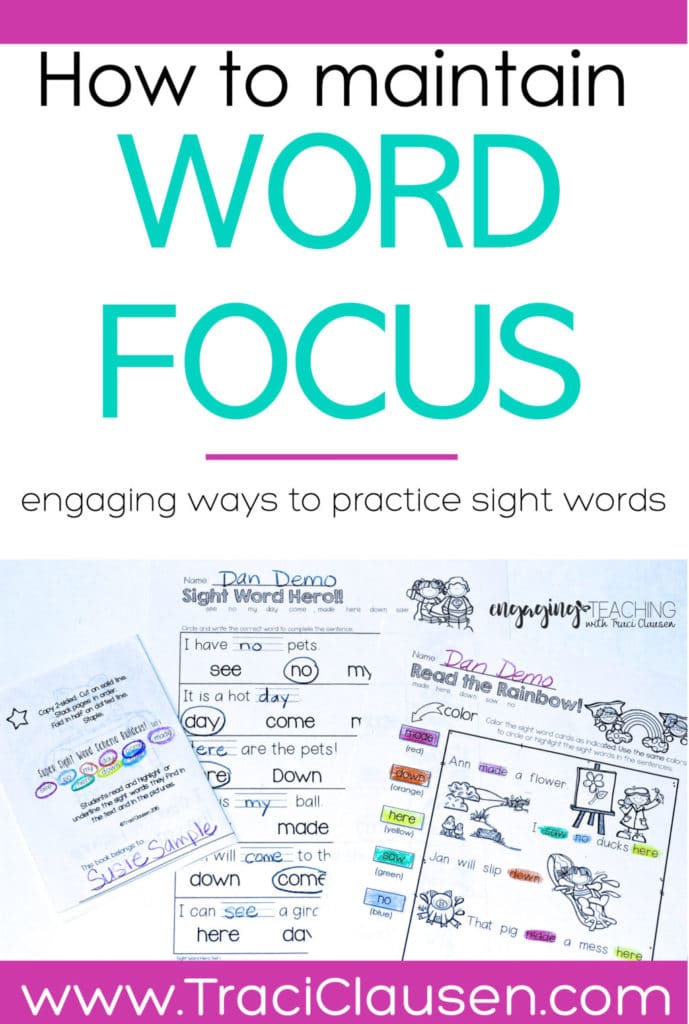
I have a kiddo who is really struggling to reach grade level standards. Unfortunately he didn’t obtain all that he should have last year and the demands of first grade curriculum are quite challenging. We’ve been working hard and he now has a pretty great grasp on consonant sounds. That dang Y causes some problems. He is now gaining a surer foot with short vowels.
But those sight words are proving very challenging.
Since this little one struggles a bit with retention of new concepts, we have been working on all of these things with quite a bit of vigor. In addition to modifying his Morning Wake Up and Daily Literacy Practice to something more appropriate to his academic needs, I’ve pulled out some very concentrated sight word work.
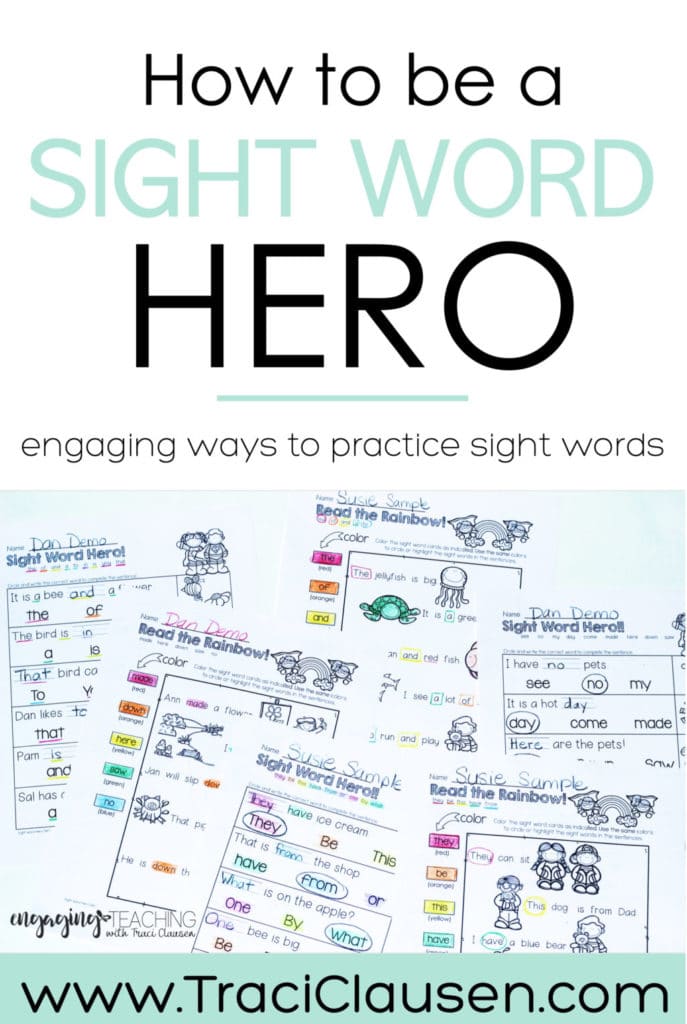
Repetition
In order to help him master a sizable amount of sight words, I have him working on the same few sight words over a lengthy bit of time. The goal is to lead him to knowing the words without hesitation as the rest of the class was able to do during the previous months and their prior year in school.
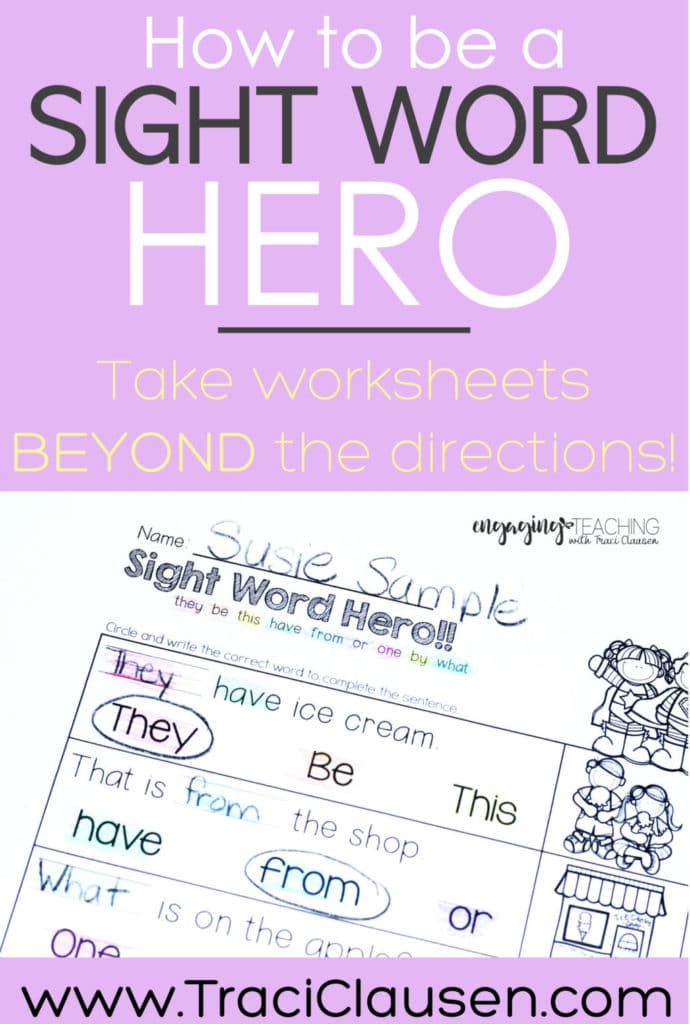
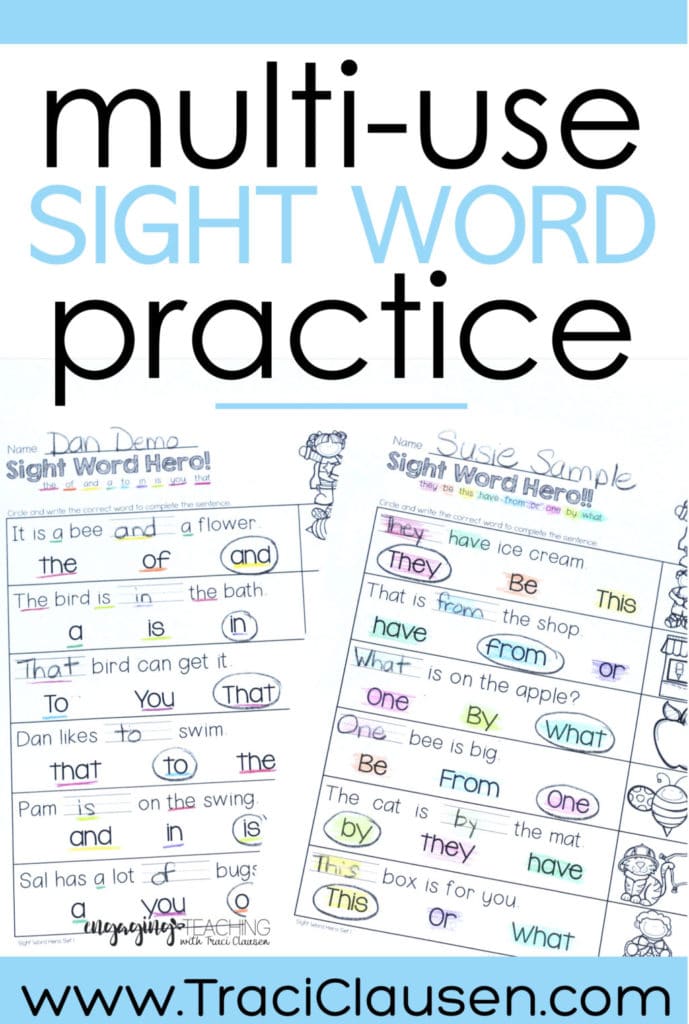
Differentiate, Modify, and Engage
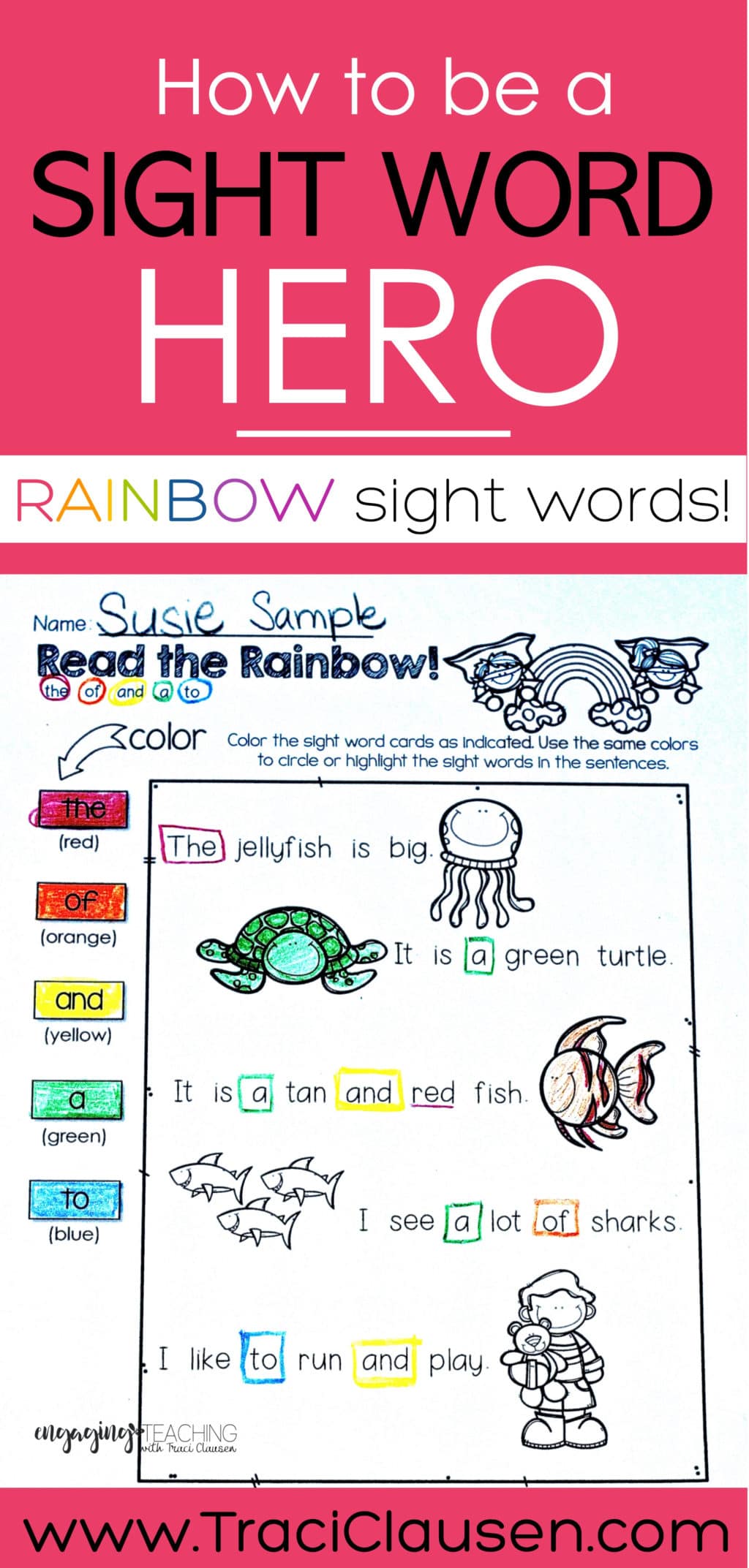
Encourage Depth of Knowledge
This type of practice can be done with any set of similar worksheets. The ones I’ve shown here are from my Sight Word Hero resource. The key is to maintain the focus on the same set of words for a period of time with a similar main objective. Adding a few elements to the directions (color, read to a friend, search for the words noted in your library book, create a code, etc.) simply creates a more robust guided reading lesson or a greater challenge during independent work.
Variety of Practice
There are many ways to practice sight words. Flash cards are fabulous and many games can be played with them. Kiddos love to create words with Play Dough or even practice writing them on something as simple as a white board. My kiddos even use our play iPhones to “text” sight words to one another.
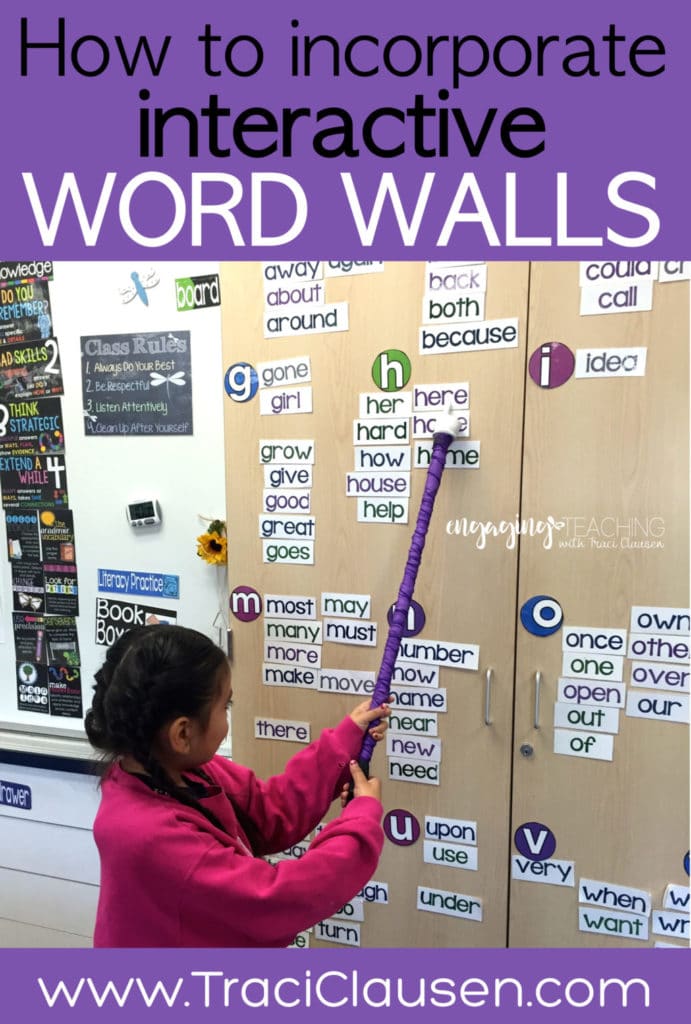
|Word Wall Letters – Bright and Bold Classroom Essentials | |Sight Word Cards – Homework Time 1st Edition| |DOK and Learning Practices Cards – Digging Deep|
I love using our interactive word wall. The kids get so much out of working with the wall as a class, in groups and independently. It’s a favorite word work spot.
Making Readers Interactive
Using readers is invaluable, however, because it places these words in real world context – BOOKS!
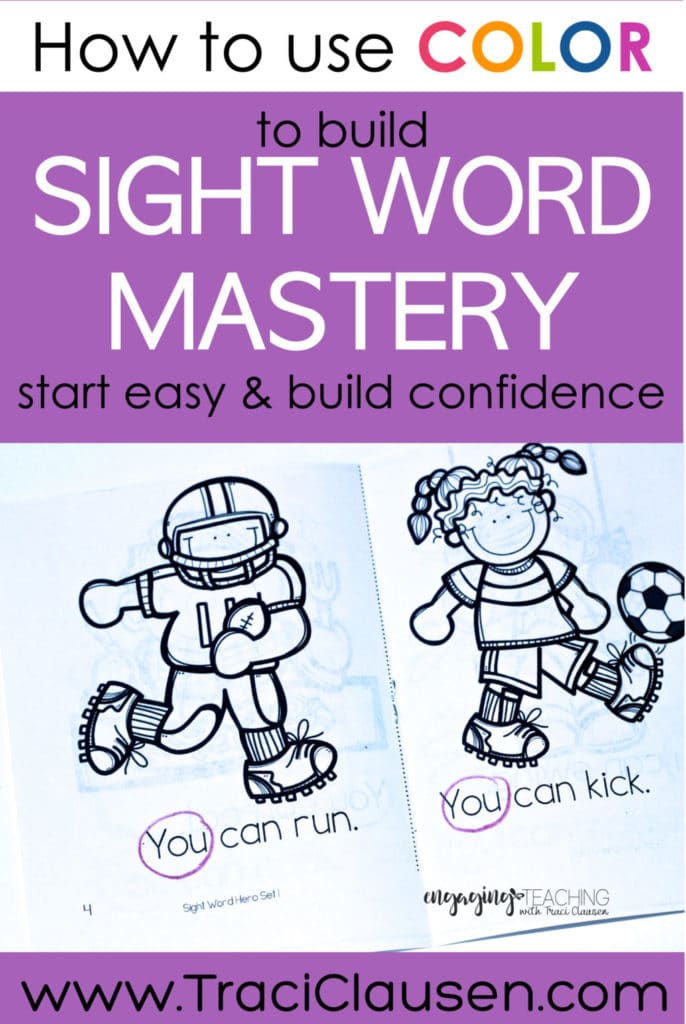
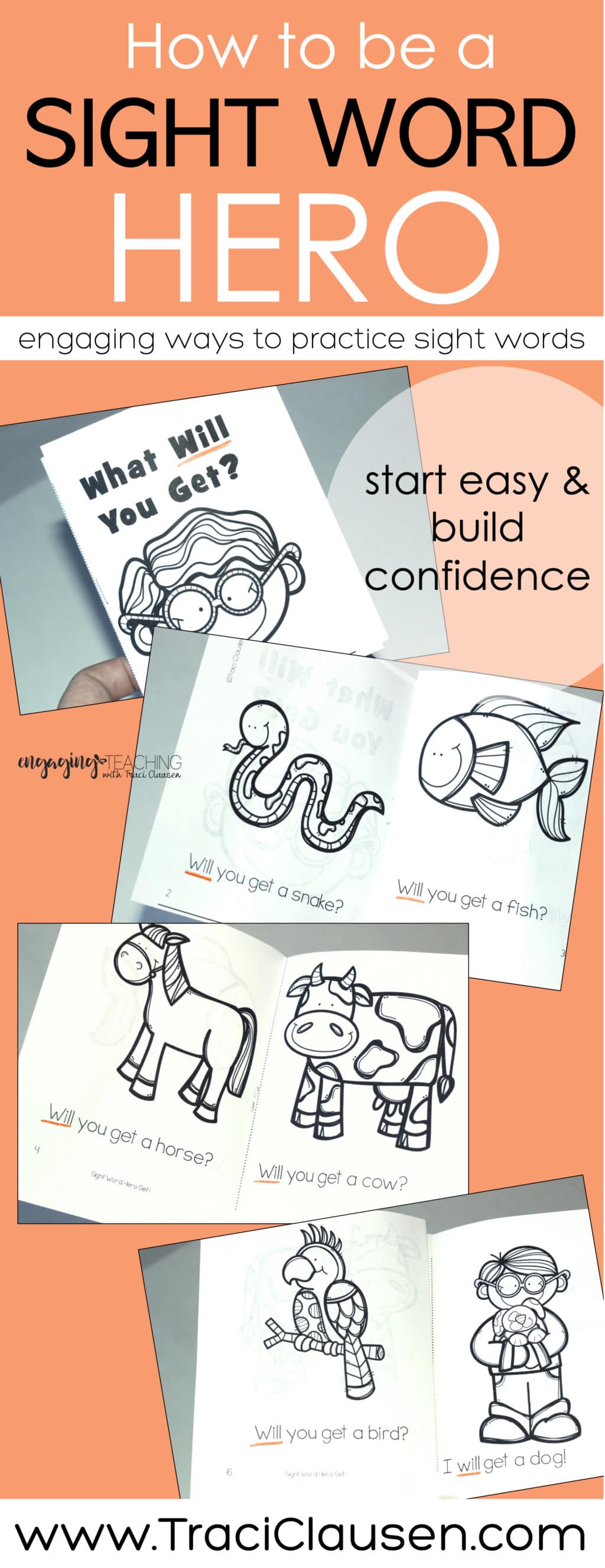
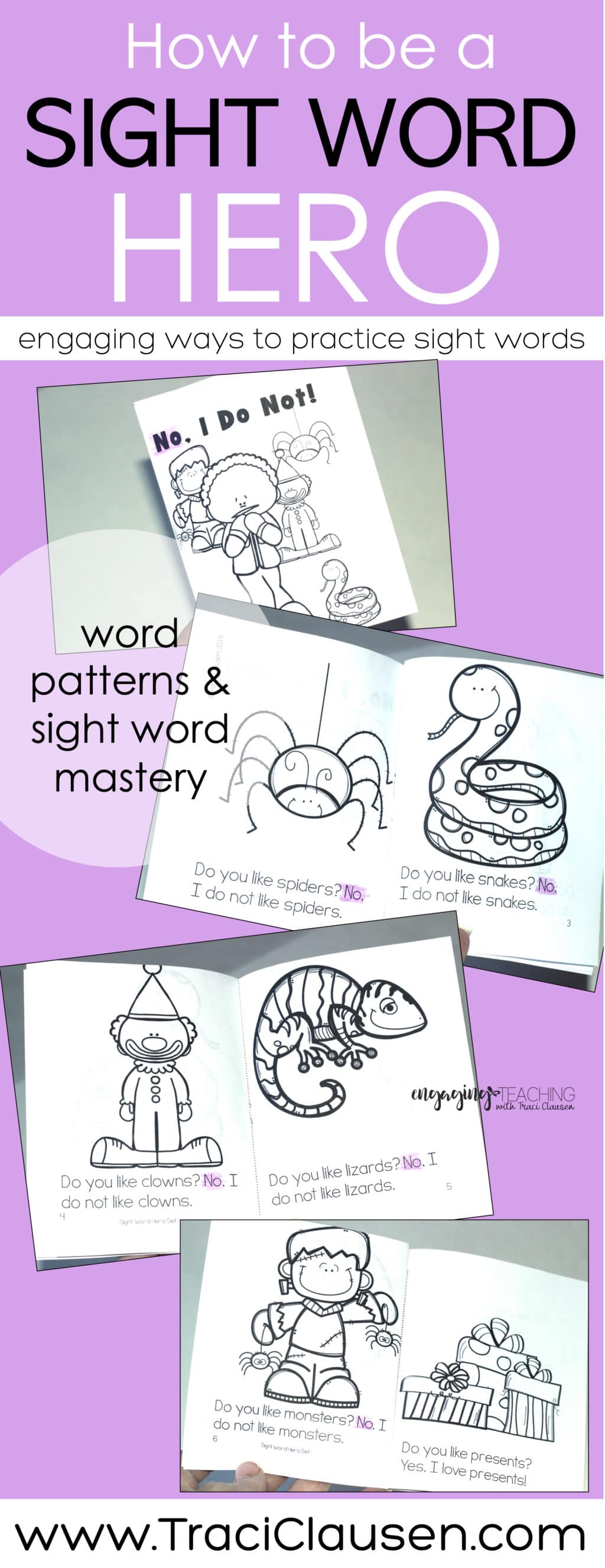
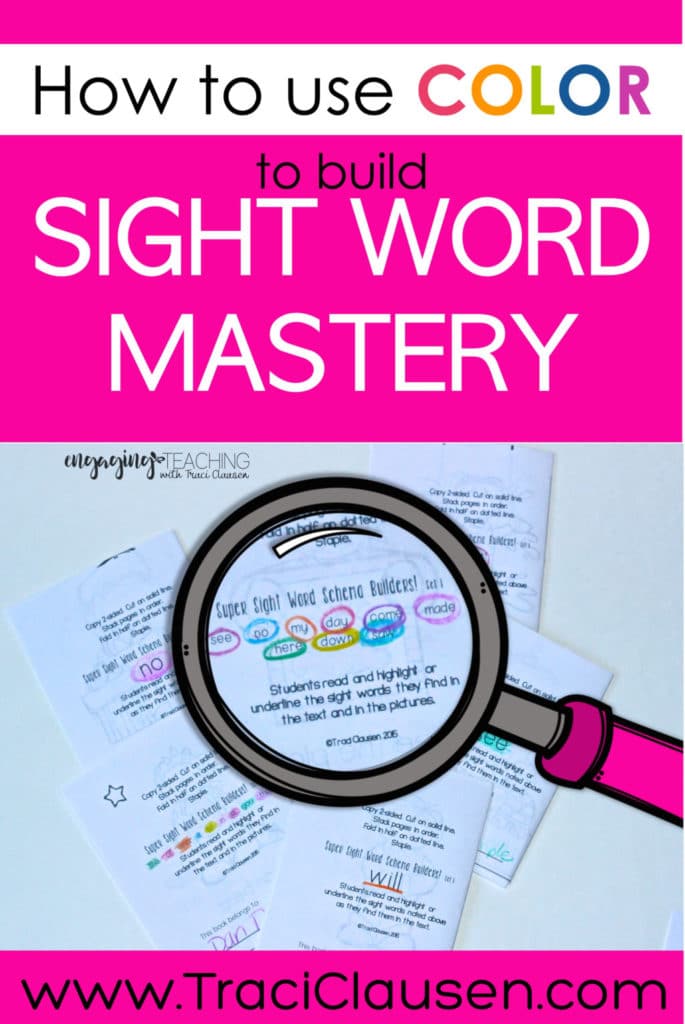
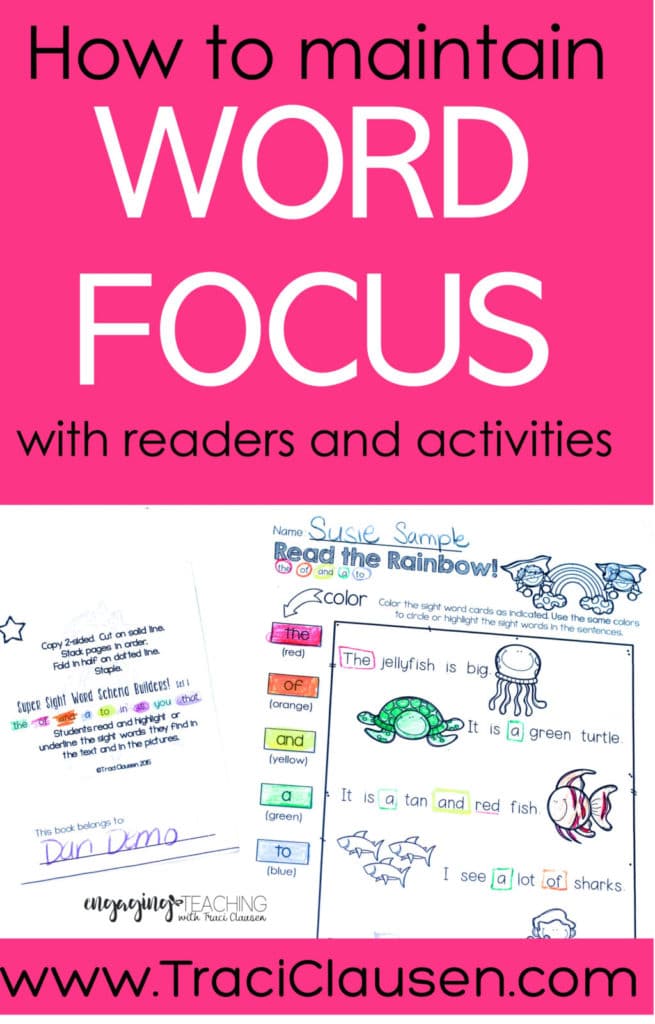
Mix and Match
I match the worksheets and the readers. Many of them cover the same words so there are lots of practice opportunities. I work on the same words in a variety of ways over the course a many days or even a few weeks – especially with early learners in Kinder and my little struggling students. But, it’s not only for those strugglers. The repetition of maintaining word focus helps develop mastery in all students as they work to develop those word identification skills rote.
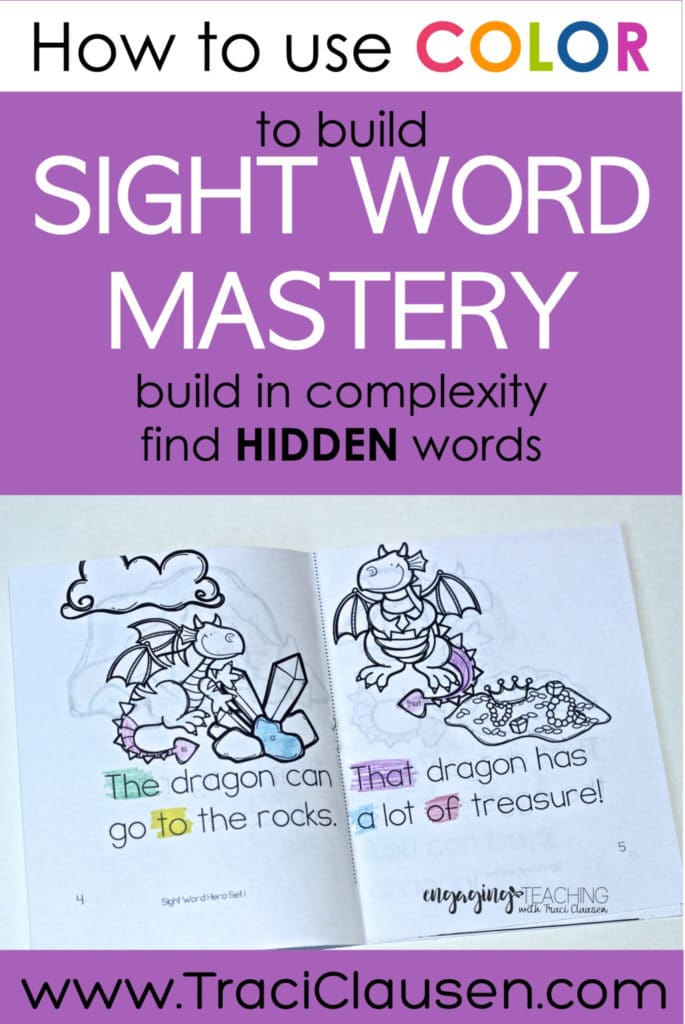
Build Complexity with Smooth Transitions and Associations
These readers from the SUPER Sight Word Schema Builders work on a set of approximately 9 words independently and then cumulate in readers that not only contain all of the words but also have a slightly more complex sentence pattern and have words hidden within their images. Additionally, they work on the words in the same grouping as the worksheets in the Sight Word Super Hero resource.
Differentiated Guided Reading
